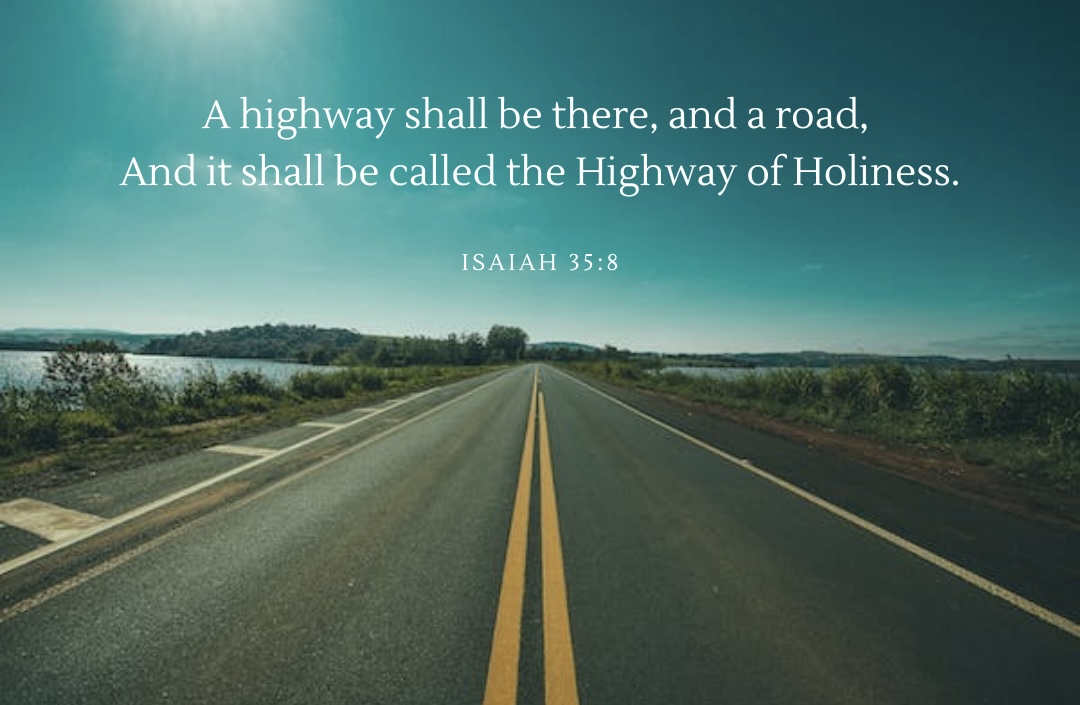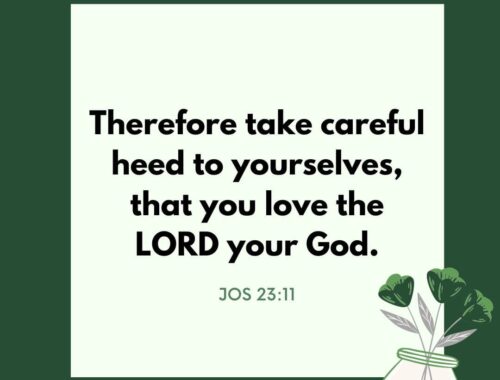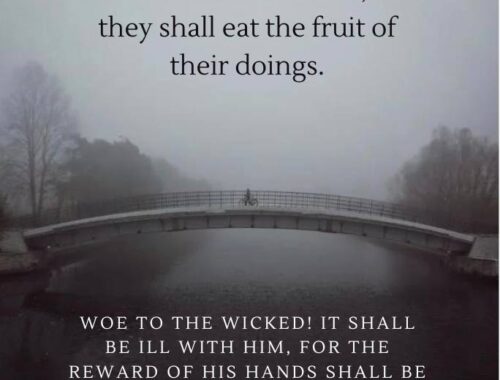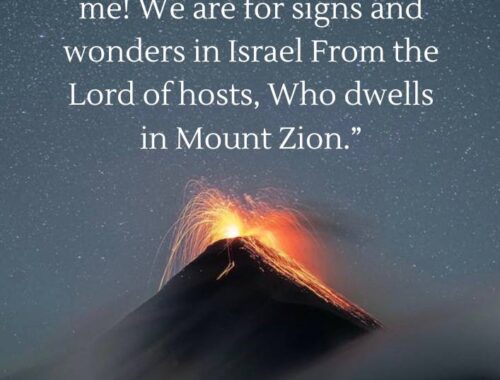
Isaiah Chapter 35
Chiaroscuro – the Darker the Despair, the Brighter the Hope
Reading the book of Isaiah reminds me of chiaroscuro in sketching and painting. I first came across this idea as a child. In the studio of my art teacher, she would arrange some fruits on the table and bring a reading lamp next to them to cast light on the fruit arrangement. For the next two to three hours she would ask me to study very closely where the shadows and the light were on the fruits and the table. As I sketched, I could still remember her telling me, there is gradation in the shadows. Make the shadow dark, if you want to make the lit surface stand out. The darker the shadow, the brighter the lit surface, the more three dimensional the fruits would be. As the whole process took quite a while, her cat would eventually come and recline next to the fruits, dozing off in warm yellow lamp light.
Chiaroscuro is an Italian term that literarily means ‘light-dark’. It is a technique of contrasting brightness with darkness to make the subject of portrayal appear voluminous and three dimensional. This idea was later to influence other art forms, such as photography and lighting design in the performing arts. Sandwiched between chapters 34 and 36, which depict the cruelty and humiliation of war and God’s judgement, chapter 35 stands out as a brightly lit surface situated between two dark shadows. These shadows eerily resonate with the many problems that are not unfamiliar to us in the post-covid world – social unrest, unemployment, bankruptcy, inflation, wars, and threat of wars.
When surrounded by harsh everyday realities, it is difficult for us to imagine how the spiritual utopia described in chapter 35 could ever be realized. Yet, it is precisely through this very utopia, Isaiah wants to convey an important message–the darker our despair, the brighter our hope. In God’s utopia, there is health, safety and security. People who live in it are strong, well-hydrated, dynamic bodies with good eye-sight, sharp hearing,and singing tongues. The utopia is called “the Way of Holiness” (8). In addition, Isaiah also very specifically identifies those who can and cannot walk on it. There would be no unclean persons, wicked fools, and beasts. Only those redeemed and ransomed by God are qualified to walk on it (8, 9, 10). The Way is Zionbound. Those on their way will have their sorrow and sighing taken over by gladness and joy.
Then I started to wonder how can people ever find the Way? Especially when the Way is never a concrete paved road in the physical sense? Different from other religions, the idea of the Way in Christianity is never something obtained away from the crowd through ascetic practices. Instead, the Way is always manifested through our everyday practice and interaction with the crowd. Throughout Jesus’s ministry, he mixed and mingled with people from all walks of life to make his Way known. His Way becomes especially apparent when there is sickness, despair, hunger, discord, greed, and envy. The logic of his Way is often counter-intuitive, if not in total contradiction to the logic of the world.
I then started to wonder where can we find sign posts that point people towards the Way? They could be obvious and tangible signs, such as Sabbath gatherings, family alter worships, handing out evangelical tracts, speaking in tongues during prayers, saying grace before meals, and greeting of peace. They could also be subtle yet palpable signs, such as words of grace, a humble attitude, a gentle node, an acknowledging smile, the melody that we hold in our heads as we commute to work or study, the joy and reassurance felt in difficult times, and the love and warmth in fellowship. These are all the sign posts that would direct people towards the brightly lit Way that stands in sharp contrast to a world of shadows.
Chiaroscuro, the darker the shadow, the brighter the lit surface. The darker the despair, the brighter our hope, and the more three dimensional is the volume of God’s love for us.
Isaiah Chapter 34
Isaiah Chapter 36
You May Also Like

Isaiah Chapter 17
May 8, 2023
Isaiah Chapter 3
April 5, 2023